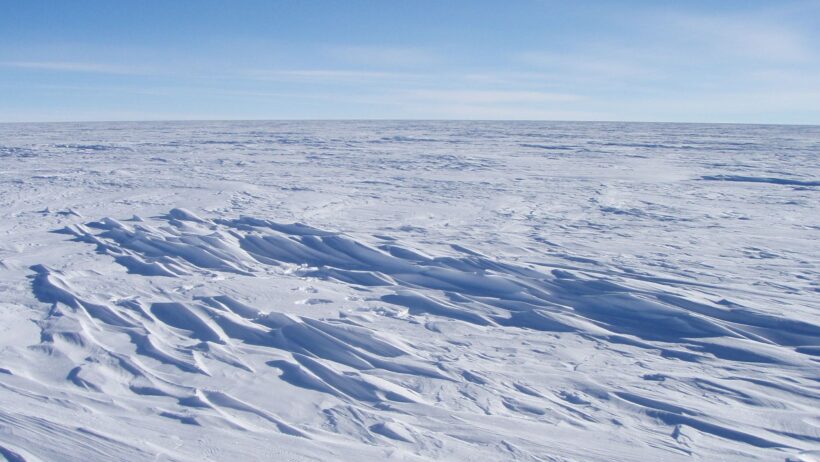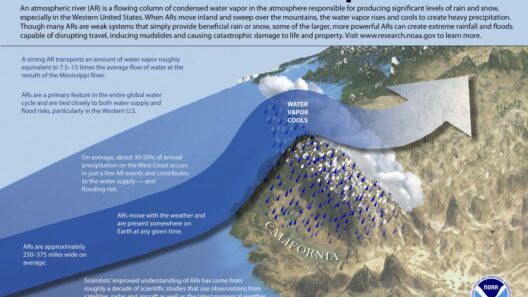Antarctica, often referred to as the coldest place on Earth, presents a climate that is both captivating and extreme. Stretching across the southernmost continent, its vast expanse is characterized not only by icy landscapes but also by a profound influence on the global climate system. This exploration aims to unravel the intricacies of Antarctica’s climate, examining the observable phenomena while also delving into the deeper implications and the reasons for ongoing fascination.
The climate in Antarctica is primarily dictated by its geographical position. Situated at the southern pole, blanketed by an immense ice sheet that holds around 60% of the world’s fresh water, the continent experiences an environment vastly different from any other on the planet. The average annual temperature varies dramatically, ranging from -20 degrees Celsius (-4 degrees Fahrenheit) on the coast to even lower readings on the interior, which can plummet to -60 degrees Celsius (-76 degrees Fahrenheit) in the winter months. Such staggering temperatures evoke images of a desolate wasteland, yet they underscore a much more intricate climate system at play.
One of the most striking characteristics of Antarctica’s climate is its aridity. Despite being covered in ice, the continent ranks among the driest places on Earth. This paradox arises because cold air holds less moisture than warm air. Consequently, the interior receives less than 50 millimeters (about 2 inches) of precipitation annually, most of which falls as snow. Coastal regions receive slightly more precipitation, yet still not enough to classify the area as humid. This creates a sensation of stark desolation, generating an atmosphere that is both eerie and enigmatic.
Furthermore, the seasonality of Antarctica’s climate adds another layer to its mystique. During the summer months, from October to February, temperatures can reach a modest -2 degrees Celsius (28 degrees Fahrenheit) along the coasts, allowing for limited biological activity. This brief period of warmth is essential for various species, including penguins and seals, which rely on the melting ice to access breeding grounds. However, this transient warmth is juxtaposed against the interminable winter darkness that engulfs the continent from March to September. During this time, the relentless cold and total absence of sunlight create a profound silence, contributing to Antarctica’s reputation as an intimidating frontier.
The prevailing winds also play a crucial role in shaping the continent’s climate. The katabatic winds, which are gravity-driven and occur due to the dense cold air flowing down the sloping ridges of the ice sheet, can reach speeds upwards of 200 kilometers per hour (124 miles per hour). These ferocious winds not only exacerbate the chill but also contribute to the intricate processes of weather formation and climate dynamics in the region. As they sweep across the landscape, they sculpt the ice, creating stunning formations that beckon the adventurous spirit.
Moreover, the complex interactions between climate and geology in Antarctica reveal a delicate balance that has evolved over millions of years. The continent serves as a crucial indicator of global climate change due to its sensitivity to temperature fluctuations. As the planet warms, the Antarctic ice sheet responds in a variety of ways, including alterations in the rate of ice melt and shifts in ocean currents. Such changes evoke serious concerns, as the melting ice can lead to rising sea levels, affecting coastal populations worldwide and demonstrating that Antarctica is not merely a remote tundra but a vital component of the Earth’s climate system.
Underlying this climate discourse is the inherent fascination with Antarctica itself. For scientists, the continent offers a pristine laboratory for research into climate change, glaciology, and even astrobiology, with its icy landscapes reminiscent of extraterrestrial environments. For many, Antarctica is a symbol of extremes—the limits of life and the power of nature. The juxtaposition of its forbidding climate with the resilient wildlife, from the Emperor penguin to the hardy Antarctic krill, serves as a poignant reminder of life’s tenacity amidst adversity. Such dichotomies compel us to ponder the value of preservation and our role in safeguarding these irreplaceable ecosystems.
As the narrative of climate change unfolds, Antarctica stands at a critical juncture. The continent’s climate serves not only as a reflection of the Earth’s changing climate but also as a harbinger of the alterations that may soon reach every corner of the globe. The gradual degradation of the ice sheet and the warming of the surrounding oceans herald consequences that extend far beyond this remote landmass. Thus, the significance of understanding the climate in Antarctica transcends mere observation; it prompts urgent discourse on global environmental stewardship.
In conclusion, Antarctica embodies the paradox of the harshest climate manifesting the most profound ecological significance. Its extreme temperatures, arid conditions, and complex atmospheric interactions render it a unique area of study and reflection. The world must pay heed to the whispers of this icy expanse, for it is not just a barren wasteland, but a vibrant tableau that holds the key to understanding how our planet’s climate is evolving. The future of Antarctica and, by extension, the health of the global environment hinges on recognition, respect, and action to mitigate the influences that threaten this vital region.







